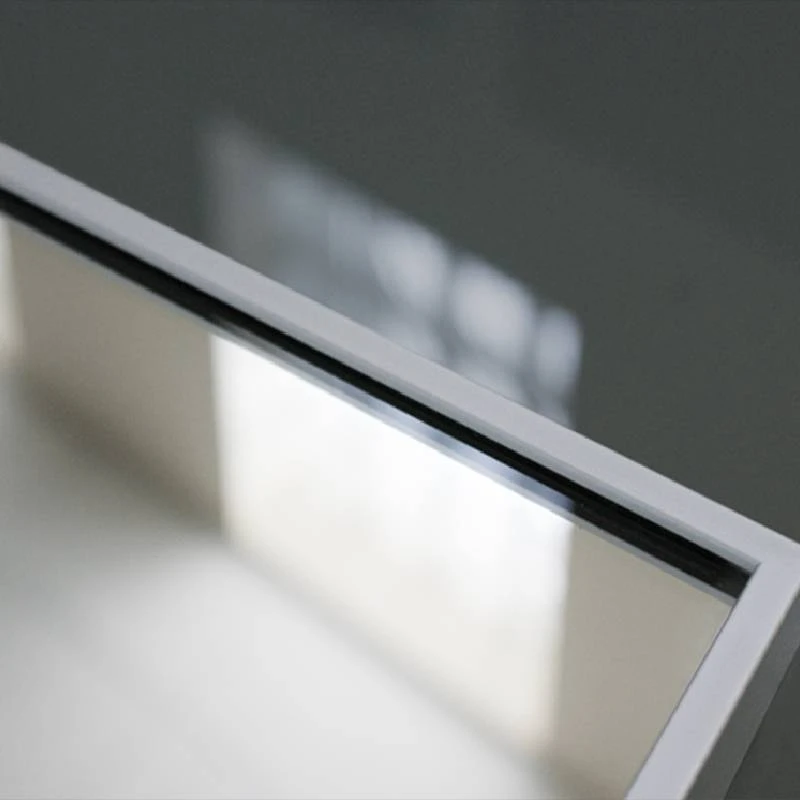

The Evolution and Applications of Tin Float Glass
Tin float glass, a remarkable innovation in the glass-making industry, is renowned for its unmatched quality and clarity that result from its unique manufacturing process. Introduced in the mid-20th century, this type of glass has become a preferred choice for a variety of applications. To understand its significance, it's essential to delve into its production techniques, advantages, and various uses.
The production of tin float glass begins with the traditional glass-making process but incorporates a pivotal step that distinguishes it from other forms. This technique involves melting silica sand, soda ash, and various other ingredients to create molten glass. The molten glass is then poured onto a bed of molten tin, which serves as a flat surface. This unique method allows the glass to spread evenly while floating on the tin, resulting in a perfectly smooth and flat surface on both sides of the glass sheet. The tin float process not only enhances the glass’s aesthetic appeal but also reinforces its structural integrity.
One of the primary advantages of tin float glass lies in its optical clarity. The float process eliminates many of the imperfections that typically plague traditional glass manufacturing methods, such as bubbles and distortions. This results in glass that is crystal clear, making it ideal for applications where visibility is paramount. Consequently, tin float glass has gained immense popularity in the construction and automotive industries, where large sheets of clear glass are often required.
In architecture, tin float glass plays a critical role in creating modern and sleek designs. Its clarity allows natural light to flood into buildings, reducing the need for artificial lighting and promoting energy efficiency. Moreover, the flatness of the glass enables architects and designers to create expansive glass facades that exemplify contemporary aesthetics. From skyscrapers to residential homes, tin float glass is a staple material due to its ability to provide unobstructed views while maintaining structural durability.

In the automotive sector, safety and visibility are crucial factors, and tin float glass excels in both
. Car windows and windshields made from tin float glass offer drivers and passengers a clear line of sight, enhancing overall safety. Furthermore, advancements in coating technologies allow for additional features such as UV protection and scratch resistance, which extend the lifespan of the glass and improve the overall driving experience.Another noteworthy aspect of tin float glass is its versatility in various applications beyond construction and automotive uses. In the realm of interior design, it is often employed in furniture, mirrors, and decorative partitions, where its elegant appearance can elevate the aesthetics of any space. With the rise of smart home technology, tin float glass is increasingly used in the production of smart windows and displays, integrating seamlessly with innovative technologies that enhance comfort and energy efficiency.
Moreover, tin float glass has become an environmentally friendly option. As the construction and automotive industries strive to reduce their carbon footprints, the recyclability of tin float glass positions it as a sustainable choice. Used glass can be melted down and reused in the production of new glass products, significantly reducing waste in landfills and conserving natural resources.
While the benefits of tin float glass are numerous, it is essential to recognize the challenges associated with its production. The use of tin in the manufacturing process can pose environmental concerns, particularly if not managed properly. Refrigeration hazards, resource extraction, and disposal methods must all be carefully addressed to mitigate any negative impacts. As the industry continues to evolve, ongoing research and innovation are necessary to ensure that the production of tin float glass remains sustainable and environmentally responsible.
In conclusion, tin float glass has revolutionized the glass industry with its superior optical qualities, versatility, and enduring applications. From architectural marvels to automotive advancements and interior design innovations, its impact is evident across various sectors. As technology progresses and sustainability becomes increasingly important, the future of tin float glass looks promising, potentially leading to even more groundbreaking applications and designs that enhance our built environment. The journey of tin float glass is a testament to the ingenuity of modern manufacturing processes and our commitment to creating lasting, beautiful, and sustainable solutions.